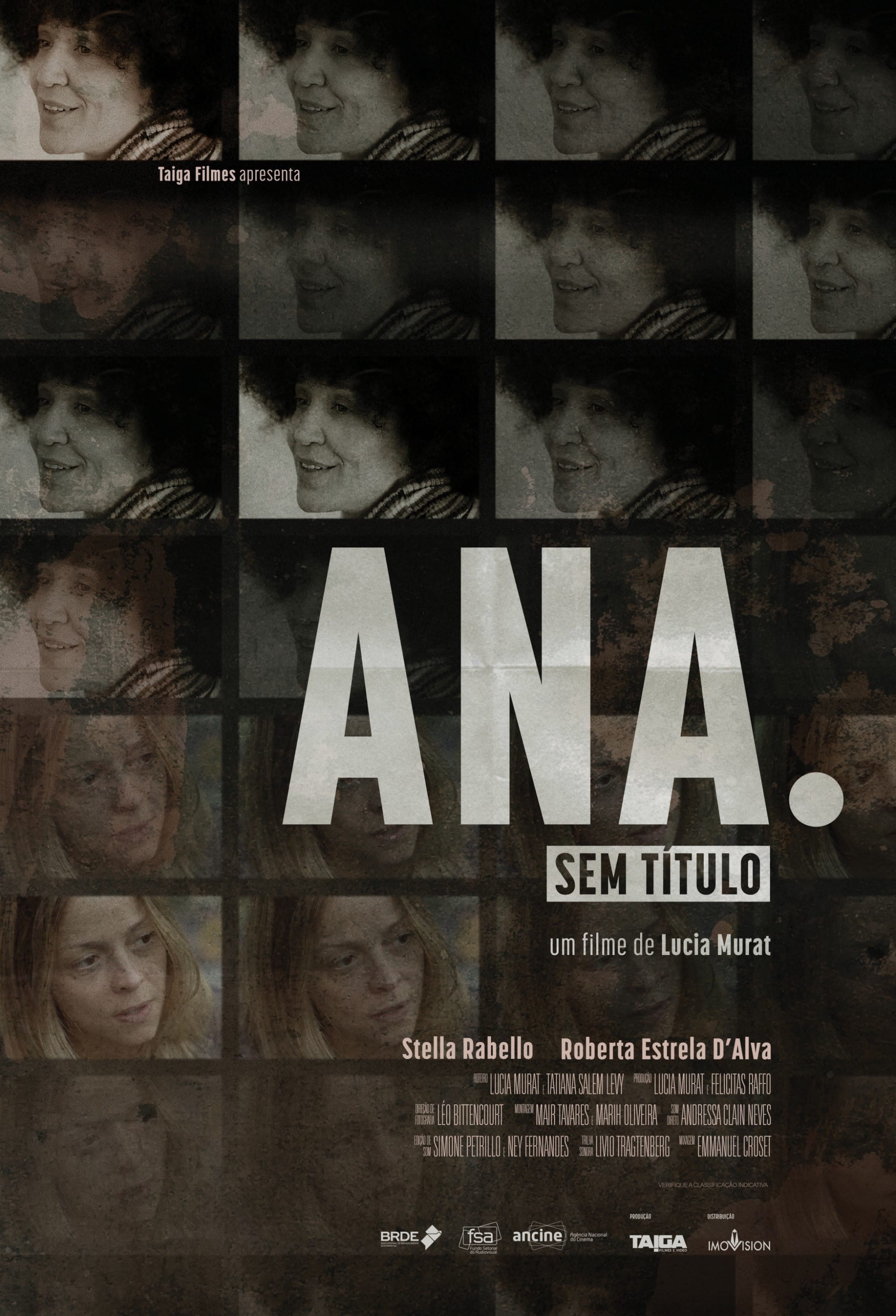

Stela, a young Brazilian actress, decides to make a work on the letters exchanged between Latin American plastic artists in the 70s and 80s. She travels to Cuba, Mexico, Argentina and Chile looking for her works and testimonies about the reality they lived during the dictatorships that most of these countries faced at the time. In the midst of the investigation, Stela discovers the existence of Ana, a young Brazilian artist who was part of this world, but disappeared. Ana went from southern Brazil, from a small town in the interior to Buenos Aires. Obsessed by the character, Stela decides to find her and find out what happened to her.

During Chilean dictatorship an exceptional group of women emerges and they will leave a unique legacy in history. It's the "Women for Life" movement. Female figures almost forgotten that in times of military dictatorship, when few dared to go out into the street, they organized by calling thousands of women who courageously manage to make art actions and lightning and unprecedented acts for the time.
Lotty Rosenfeld was a Chilean visual artist recognized for her career in the vanguard scene, which emerged in Chile after the military coup of 1973; her works have been characterized by calls for resistance and questioning of political authority. She was one of the founding members of the Colectivo Acciones de Arte (CADA), an interdisciplinary group that managed various interventions during the Chilean dictatorship. She was born in Santiago and after graduating from the School of Applied Arts at the Universidad de Chile, Rosenfeld began to explore video art, intervention, performance and video installation among others. In 1979 she founded CADA with visual artist Juan Castillo, poet Raúl Zurita, writer Diamela Eltit and sociologist Fernando Balcells. They performed in public spaces in the midst of the dictatorship, making historical actions such as "Para no morir de hambre en el arte" (1979); "ay Sudamérica" (1981) and "NO +" (1983); this last phrase became a common language of political protest beyond Chilean borders. Parallel to the work on CADA, Lotty Rosenfeld made one of her most outstanding interventions in 1979 called "A Mile of Crosses on the Pavement", where she traces lines on the street, forming a cross. The intervention not only had an impact on a national level, but the artist replicated it in various international locations, especially those of great political power such as the White House in Washington or the Arc de Triomphe in Paris. She died at the age of 77 from lung cancer in her last years. Among her many other works are "Una herida Americana" (1982), "Cautivos" (1989); and "Moción de Orden" (2002). He has several Altazor awards, and his works are in the Reina Sofia Museum, Spain and the Tate Gallery in London, among others.
By browsing this website, you accept our cookies policy.